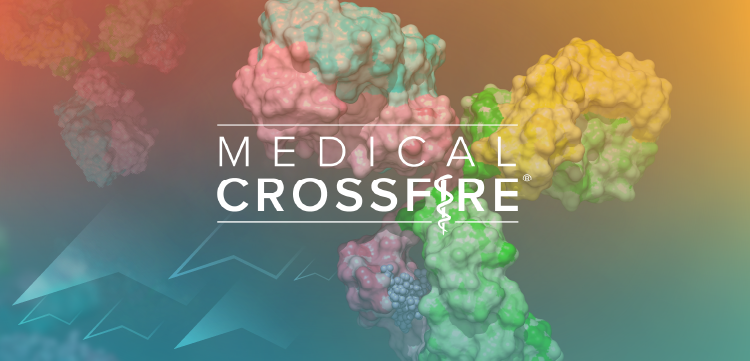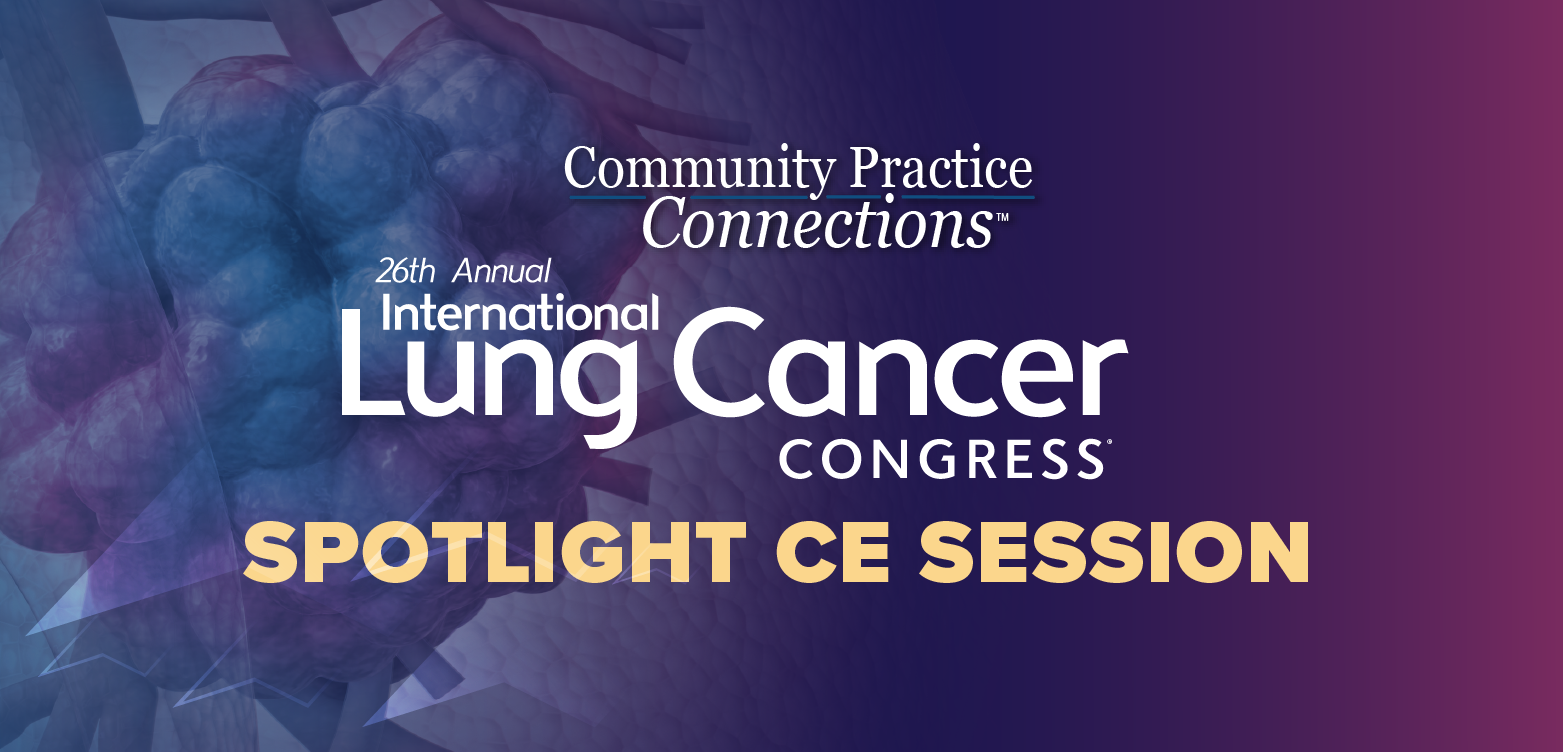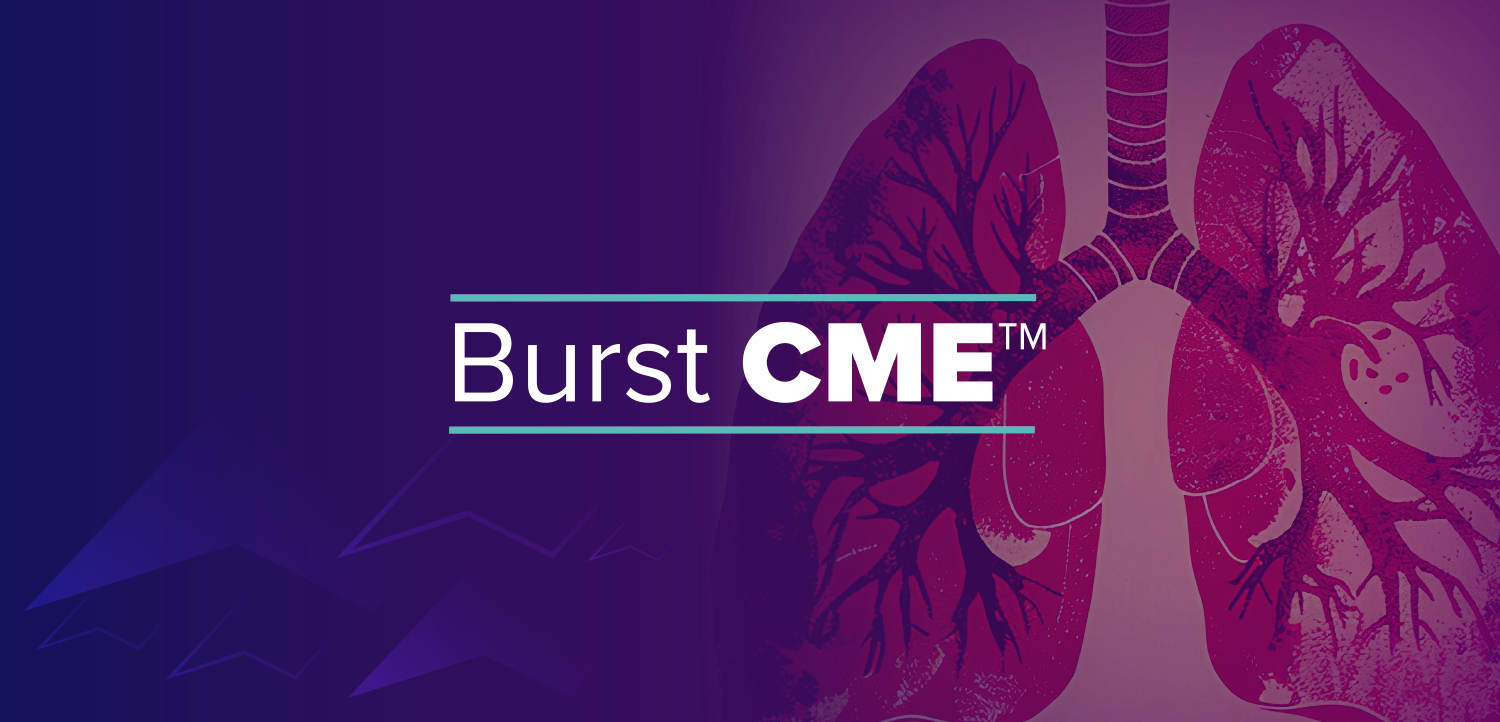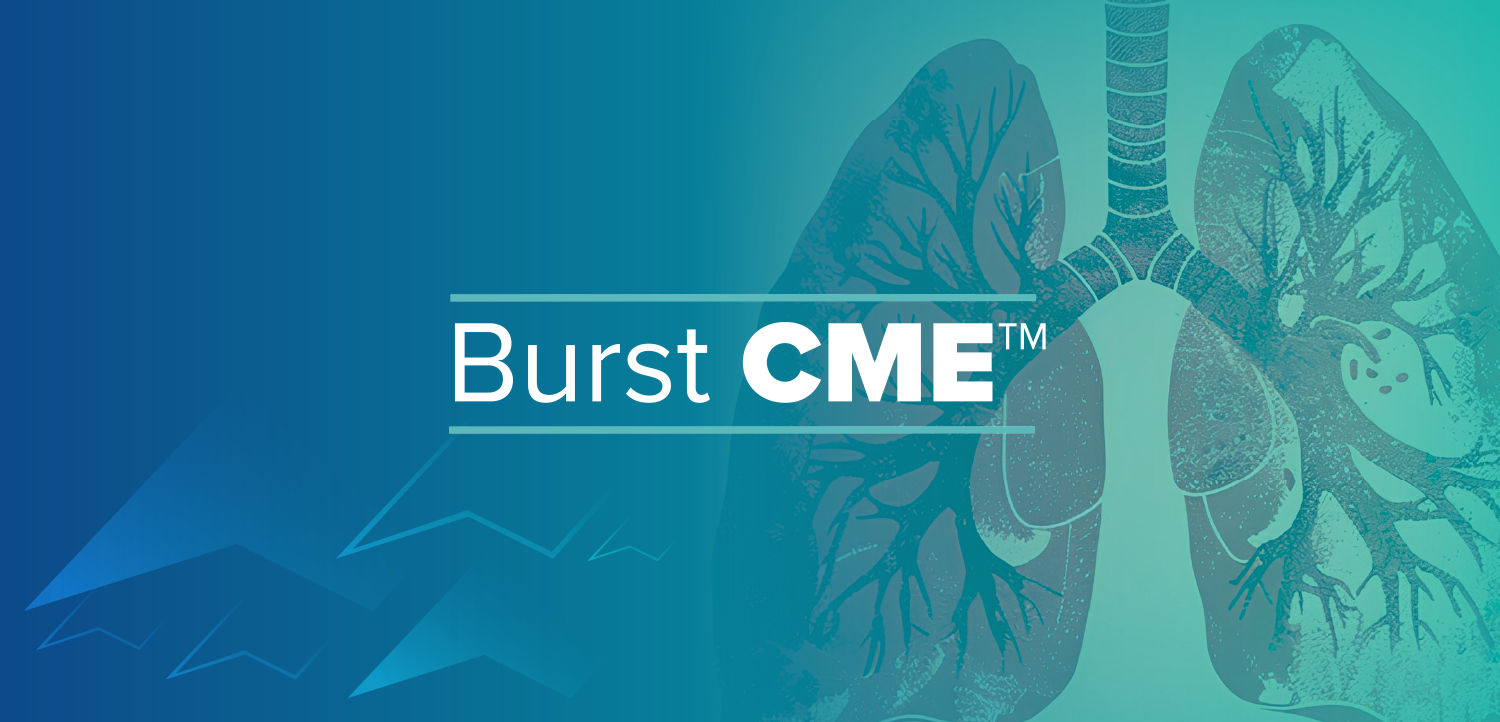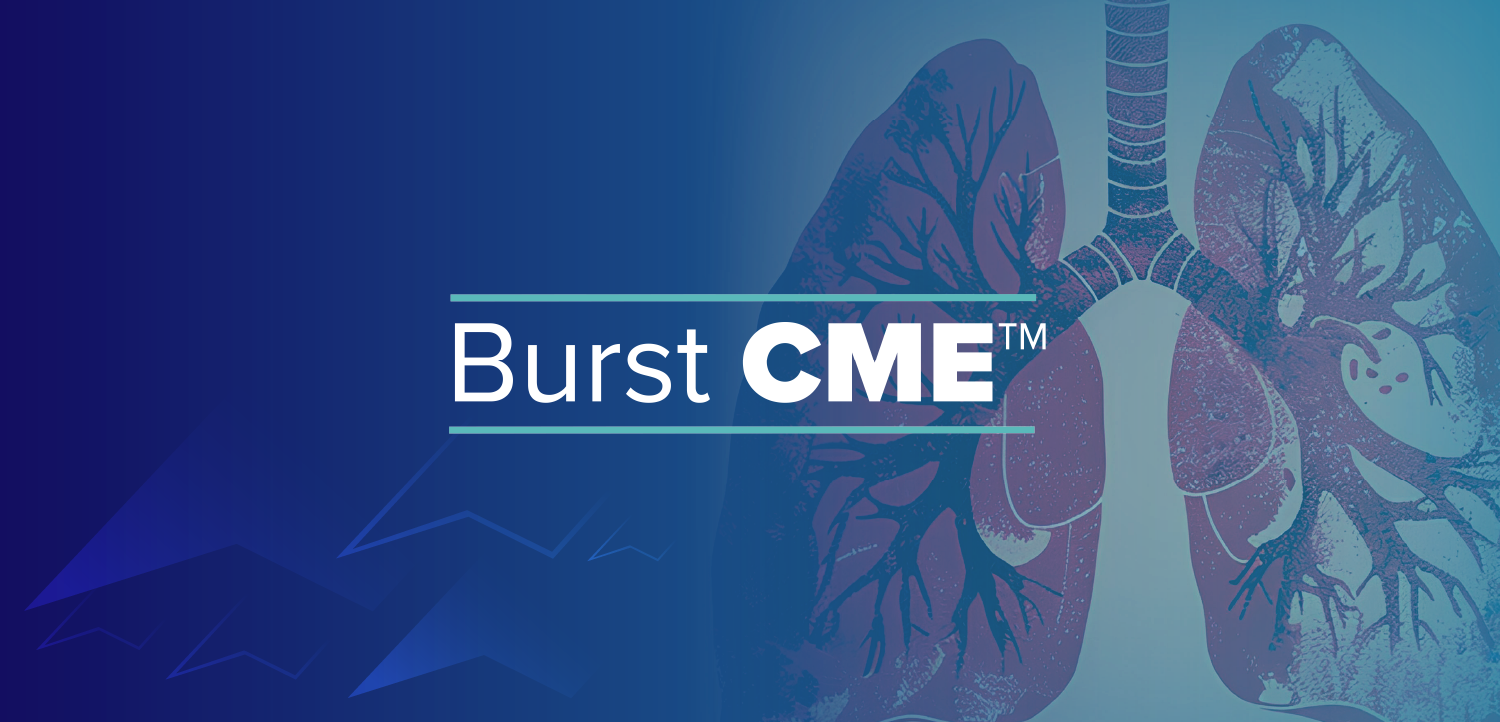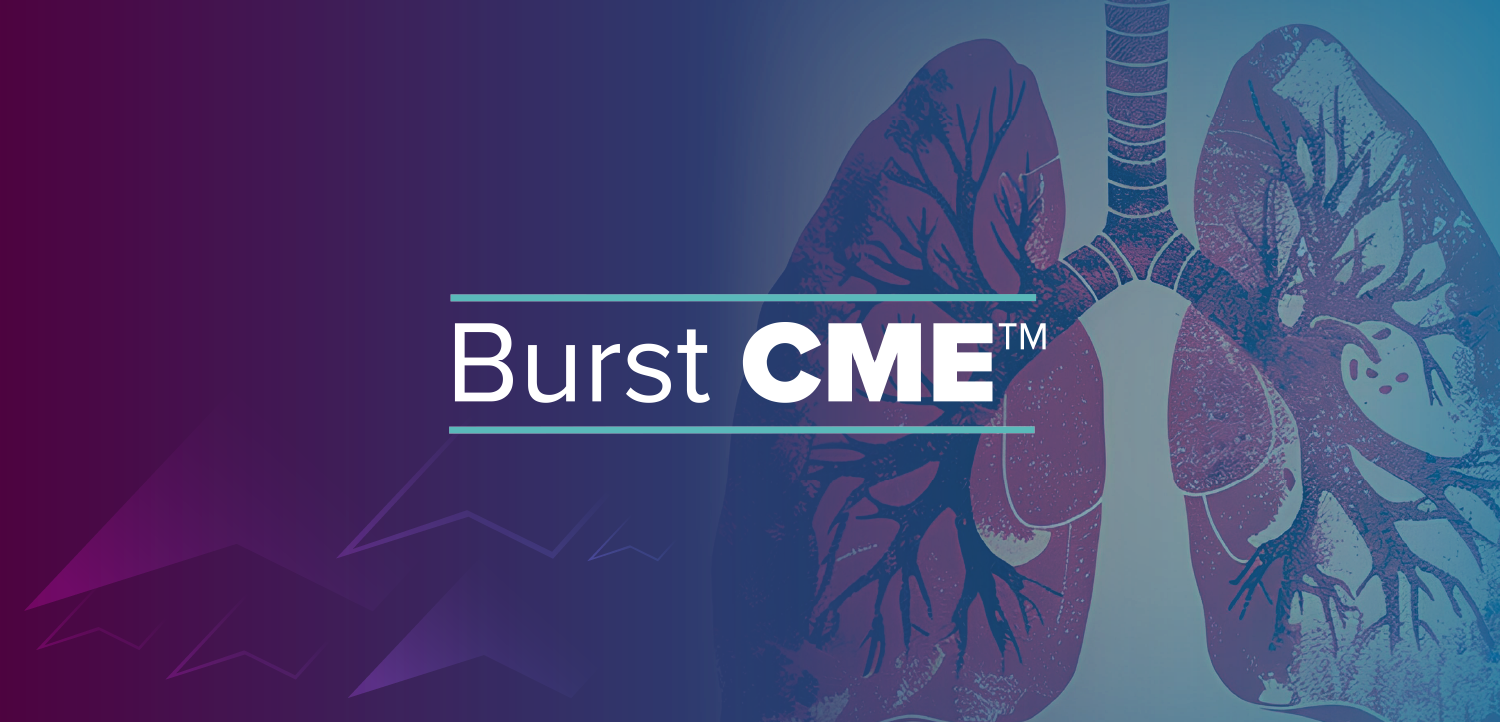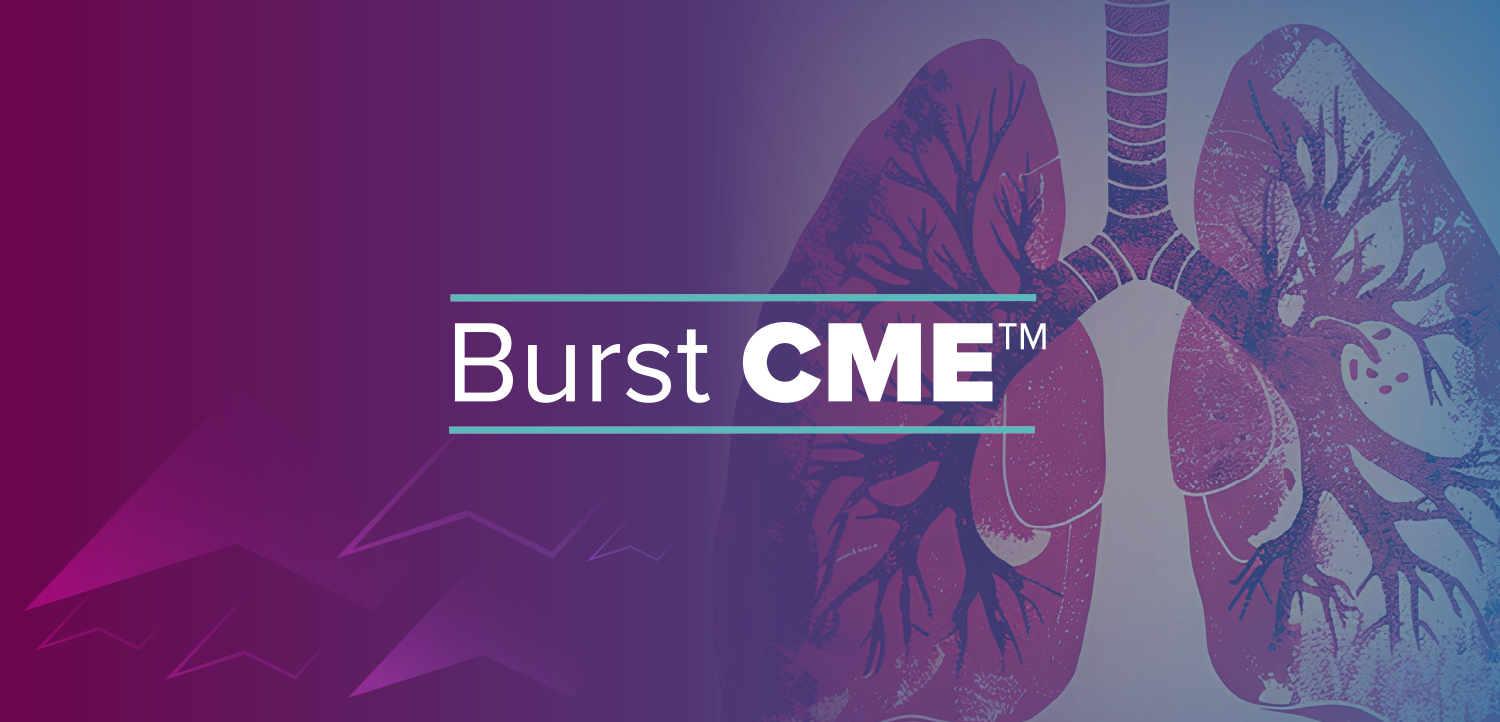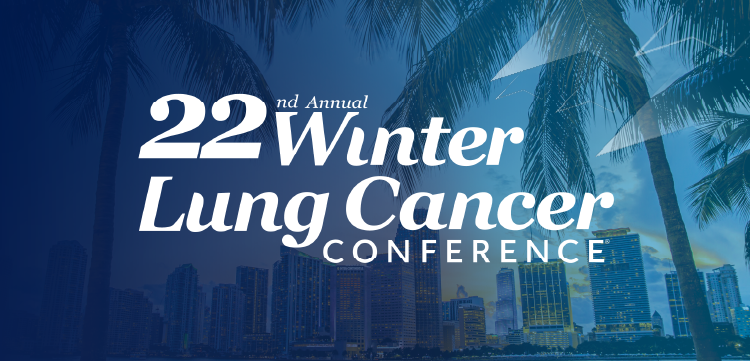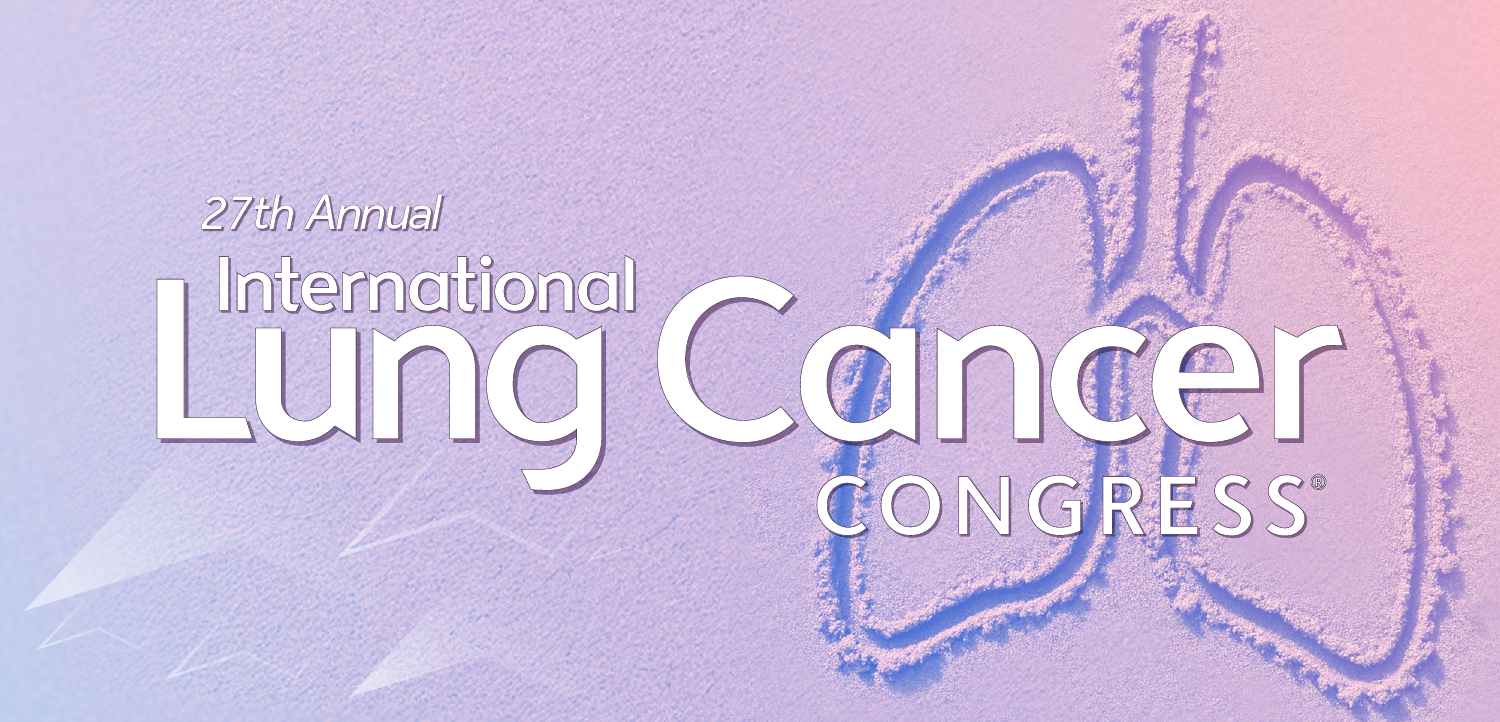
DVT patients taking rivaroxaban had fewer hospital admissions, costs, similar subsequent hospital visits vs. standard of care
Patients diagnosed with deep vein thrombosis (DVT) and treated with rivaroxaban (Xarelto) were admitted to the hospital less frequently than those treated with the standard treatment of low-molecular-weight heparin (LMWH) and warfarin, according to real-world data presented at the Hospital Medicine 2015 Congress.
Patients diagnosed with deep vein thrombosis (DVT) and treated with rivaroxaban (Xarelto) were admitted to the hospital less frequently than those treated with the standard treatment of low-molecular-weight heparin (LMWH) and warfarin, according to real-world
This reduction in hospital admissions with rivaroxaban resulted in significant cost savings with no difference in subsequent hospital visits versus the standard of care.
Related:
The observational study included 134 people treated with rivaroxaban and 536 patients treated with LMWH and warfarin (prior to the approval of Xarelto). A retrospective claims analysis was conducted using the Truven MarketScan Hospital Drug Database from January 2011 to December 2013. Adult patients with a primary diagnosis of DVT treated with rivaroxaban or LMWH bridged to warfarin during the first day of an evaluation at a hospital were identified. Based on propensity-score methods historical LMWH/warfarin patients (ie, patients who received LMWH/warfarin before the approval of rivaroxaban) were matched 4:1 to rivaroxaban patients, and the rates of hospitalization were compared.
Researchers found:
- A 27% reduction in hospital admissions when patients were treated with rivaroxaban instead of LMWH and warfarin (P<.001). Of those given rivaroxaban, 60% were admitted to the hospital, while 40% were discharged within 24 hours. Of the LMWH/warfarin group, 82% were admitted to the hospital, with 18% discharged within 24 hours.
- Similar rates of subsequent hospital visits were observed during the first 6 months between the 2 groups, with a trend toward fewer hospital visits in the rivaroxaban group as compared to the LMWH/warfarin group (4.4% vs. 7.2%, P=.342).
- Corresponding hospitalization costs were also significantly lower for people given rivaroxaban ($5,257 per person) compared to those given LMWH and warfarin ($6,764 per person), which resulted in a cost difference of $1,508 per person (P=.002).
Dr Merli“This study adds to existing research demonstrating the value that [rivaroxaban] brings to hospitals, doctors and patients across multiple indications,” said study lead author Geno Merli, MD, professor of medicine and surgery, co-director of the
Related:
“A single once-daily agent is effective in treating DVT effectively and safely,” said Dr Merli. “Selecting 1 or 2 of the new agents in a field of 4 agents would control costs. Outpatient treatment of VTE reduces cost as well as unnecessary admissions.”
The study was sponsored by
Read next:
Newsletter
Get the latest industry news, event updates, and more from Managed healthcare Executive.









